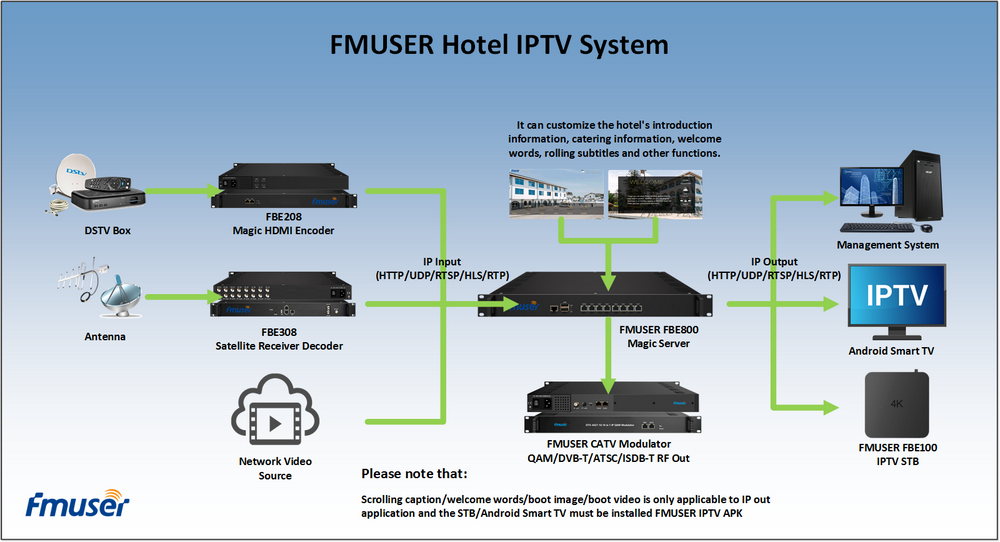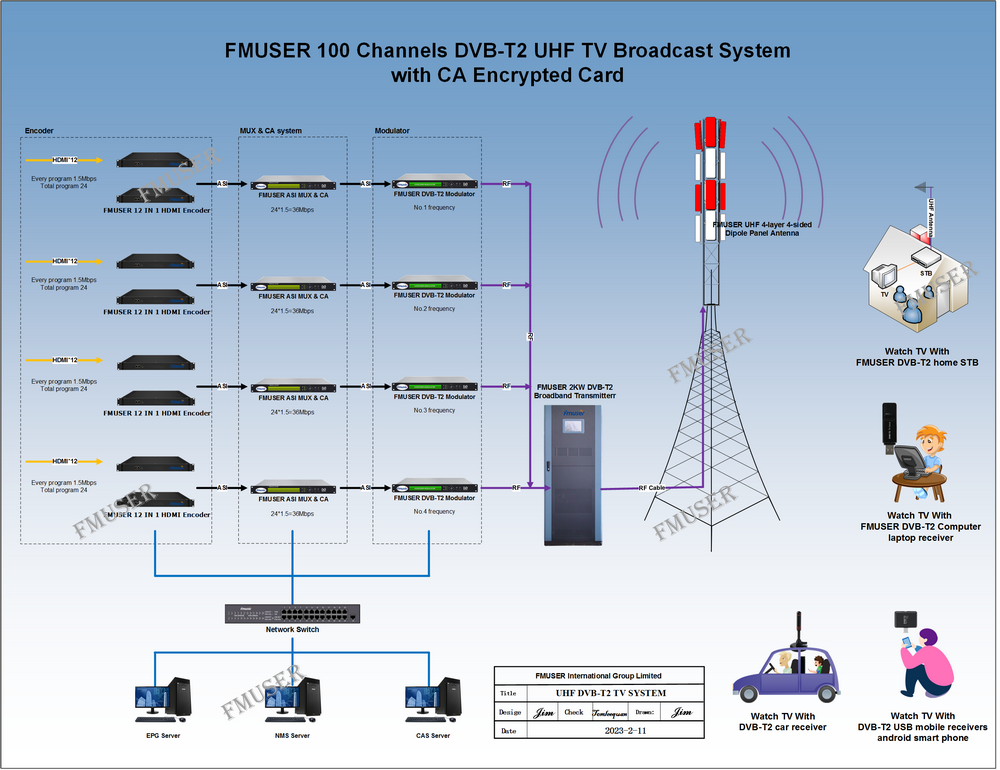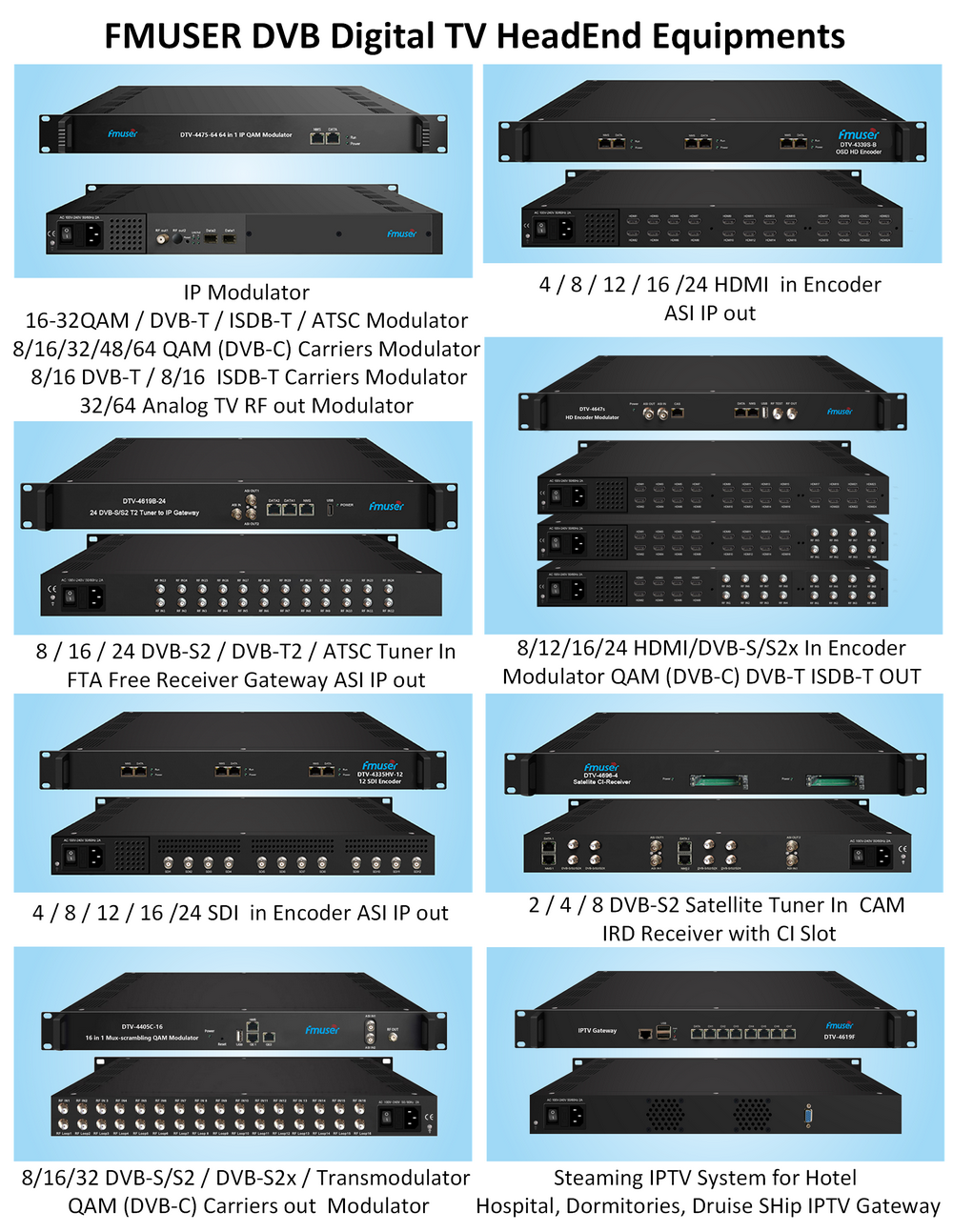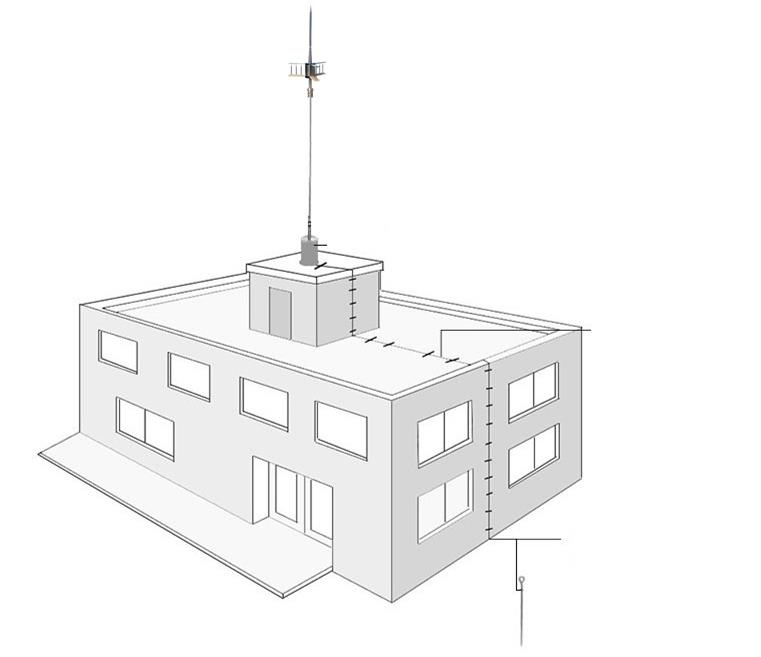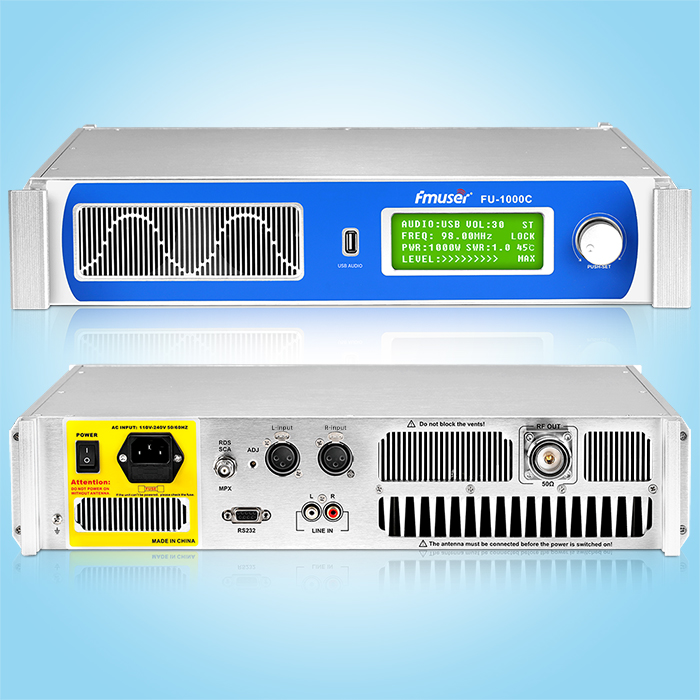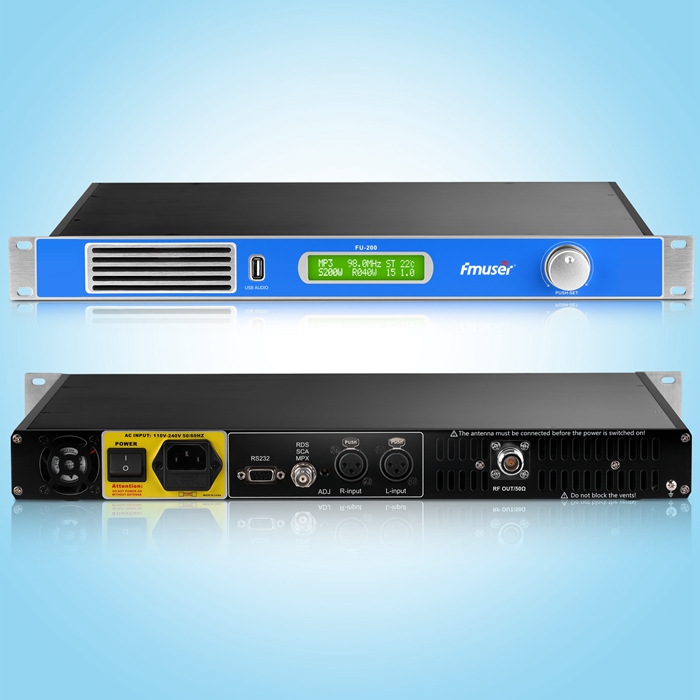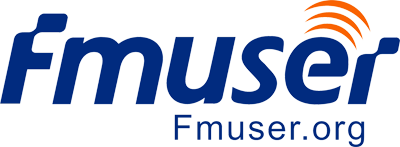The video conference system currently commercial or large-scale network is basically based on the H.323 protocol. Although SIP's voice is high, it is necessary to achieve a large-scale application, and SIP also needs to do a lot of improvements. But the reason why there is no new agreement attempts to replace H.323, one is from the complexity of H.323 protocol itself, and the other is the limit of H.323 system equipment elements to the network.
After the H.323 protocol launched, the main application is divided into two directions: First, VoIP, the second is the video conference.
With the benefit of the tariff, VoIP has developed very fast, and even the slogan of "Everythingonip" was present. But the development of the H.323 version of the network is beginning to reflect its limitations, the limitations are mainly manifested on the gateway device of the VoIP system, and a "big" gateway concentrated on signaling processing and media processing power begins. Becomes uncomfortable to make a larger development of the network. So IETF has launched the MGCP protocol without launching the MGCP protocol, which is called "Media Gateway Control Protocol", which is intended to separate the "large" gateway signaling and media processing, but the limitations of MGCP make the IETF quickly launched MEGAC O. Solve MGCP flexibility and scalability, does not support multimedia, etc., Megaco is also the H.248 protocol that is officially published by ITU-T.
H.248 potential
H.248 and MGCP have many similarities on protocol concepts and structures. Their main idea is to break down the "big" gateway in H.323 into two parts: MG (Media Gateway) and MGC (Media Gateway Controller) ). The function of the MGC is: (1) H. 225RAS message with the gatekeeper; (2) Processing No.7 signaling (optional); (3) Processing H.323 signaling (optional). The function of the MG is: (1) IP network endpoint interface; (2) circuit switched network endpoint interface; (3) Processing H.323 signaling (in a type of decomposition); (4) Processing with RAS REGISTERATIONADMISSITIONSTATUS function The circuit swap signal (in a certain type of decomposition); (5) Handling the media stream. From MGC and MG function, we can see that MCU and once hindered the "big" gateway of VoIP development in the traditional video system, which is very similar to the location of the network or the network protocol in the network. In the actual H.323, the concept of MCU is divided into two parts, but it is only a concept. How to divide the MCU, how is the structure of the network, how to control and manage, the most important, what kind of protocol is used to communicate, these issues will be the same as the network scale of the video conference, the same The big gateway at that time became a bottleneck that hindered the scale expansion of the network.
The rapid development of communication technology is not allowed to exist. Since the H.248 / MeGaco protocol is simple, powerful, and has been widely concerned after launch, and has been widely used. Recommendations and expansion packages on H.248 are also continuously introduced. In October 2002, ITU-T's 16th group made a draft T01-SG16-021 015-D-0281-"H.248.McumultipointControl Unit", 2003 3, 2003 After the month, the draft has been added more detailed supplements, and it is officially proposed as a draft of H. 248.19. T01-SG16-030520-TD-WP2 -0017- "Decomposedmultipoint Controlunit, Audio, VideoAndd AtaconferencingPackages", "Multi-point Control Unit separation, sound, image, and data conference package. "
The main purpose proposed by H.248.19 is that the MCU can break down into MC (multi-point controller) and MP (multi-point processor). In general, the MC and MP apparatus structure are different. The MC can be constructed with the protocol software, which is not strictly related to the user number. MP is related to the media, which is composed of dedicated hardware, closely related to the number of users. The separation of the two will have a great advantage from network design and network optimization, and it is more professional from the perspective of the manufacturing industry. The MC and MP are managed and controlled with the H.248 protocol. The network structure after separation can also refer to the VoIP system structure after the gateway is separated, allowing multiple partition MPs (as shown) to be established in the call control layer. This centralized control, scattered mode, can fully utilize the advantages of the packet switched network, and also make the network have good scalability.
H.248.19 proposes MC and MP separation, supplementing message parameters on meeting control in the H.248 protocol, defining media synchronization methods and composite media streaming methods. Although the package defined by the H.248.19 is more viable for convening, it is obviously not enough for the video conference overall network. Due to the complexity of the conference system, the video conference currently operated is generally try to use an MCU, but when the meeting is large, it has to be cashed. After the MCU is separated, the benefits that first brought are to minimize the MC cascade. One meeting only uses one MC, and MP can refer to the current media gateway, or the so-called IAD (integrated access device), the user adopts nearby The way. In this way, the topology map when the meeting is in terms of star-shaped rather than complex number, regardless of meeting control, meeting management or media processing has a large and simplified.
But these benefits are not absolute, MCU separation has also brought a lot of problems, such as the modification of the message parameters, changes in the communication process, but the main problems have two: First, the management of MP, the second is the security of MP problem.
MP management problem
MP management issues come from the characteristics of the conference system itself. The meeting is a multi-point communication. This and VoIP is very different. When point-to-point communication, the media gateway is only responsible for accessing the user, receiving the control of the corresponding MGC; but multipoint communication, an MP may need simultaneous processing at the same time Multiple users in multiple meetings may not be carried out on the same MC, so that MP needs to accept the control of multiple MCs. This seems to be a bit big, because the multi-party control usually means chaos, but this is not the case. When an MP needs to support multiple different MC convening meetings, MP must be able to support multiple MC controls with virtual MP, but MP's main control is still in its default MC. In fact, this problem has been taken into account when the H.248 is set, but it has not been given a specific application. In practical applications, when the MP is launched, it is still registered with the default MC, and the MC is reported to the corresponding GK; if MP is required to participate in the meeting on other MCs, what is the default MC notification Ability and form are registered with other MCs; after the meeting, the default MC requires MP to exit from other MCs. The MG accepts MGC control in H.248, using MID (meaning message initiator), virtual MP only needs to report its virtual MID to the specified MC.
MP security problem
The security problem of MP is actually a public issue of all telecommunications devices, but it is split herein because MP is a new device after the MCU separation concept. However, since the position and ability of MP and the ability of MG are so similar, security issues are naturally solved. In fact, it is generally general to mention the use of H.235, but there are many encryption algorithms that have been used as media gateway equipment security measures before H.235. These measures are almost no longer need to be changed. .
The resolution of specific MP management and security issues are reflected in the registration process, only need to expand the parameters of ServiceChange.
The MP sends a servicechange to the MC to register. If it is a start-up registration, the TerminationId in ServcieChange is set to root, the method item is required, set to restart, ServiceChang EREASON item is required, the Version item is optional. There are four x-fields for authentication: a digital string mgauth, algorithm ID, and random RAND for digital signatures; also with DH exchange A; if it is a virtual MP registration, The MID should be a virtual MP number, and there should be three X fields for virtual registration: indicating that the MP will be controlled by the address, the add-to the meeting number, the number of endpoints needed to join, ServiceChangeMethod add one Items are used to indicate registration or log out of other domain MCs.
From a technical point of view, the MCU separation is already achievable and is a general trend. Because video services are bound to the next generation network, the Separation of the MCU is very in line with the idea of the next-generation network signaling and media separation. But there are many manufacturers currently, there are many reasons, but the main reason is that the market in the video conference is not very big. Although the US 911 and 2003 SARS makes video communications have become higher and higher, the true promotion of video business has many obstacles. This is tolerated in the joint efforts of equipment manufacturers, telecom operators, and content providers. However, the benefits of MCU separation are obvious, I believe that with the continuous expansion of the video conference business, superiority will be more obvious. With the continuous improvement and expansion of the H.248 protocol, it can really be applied to video conferencing equipment, and will play an important role in the promotion of video conferencing business.
Editor in charge: GT, read full text
Our other product:


